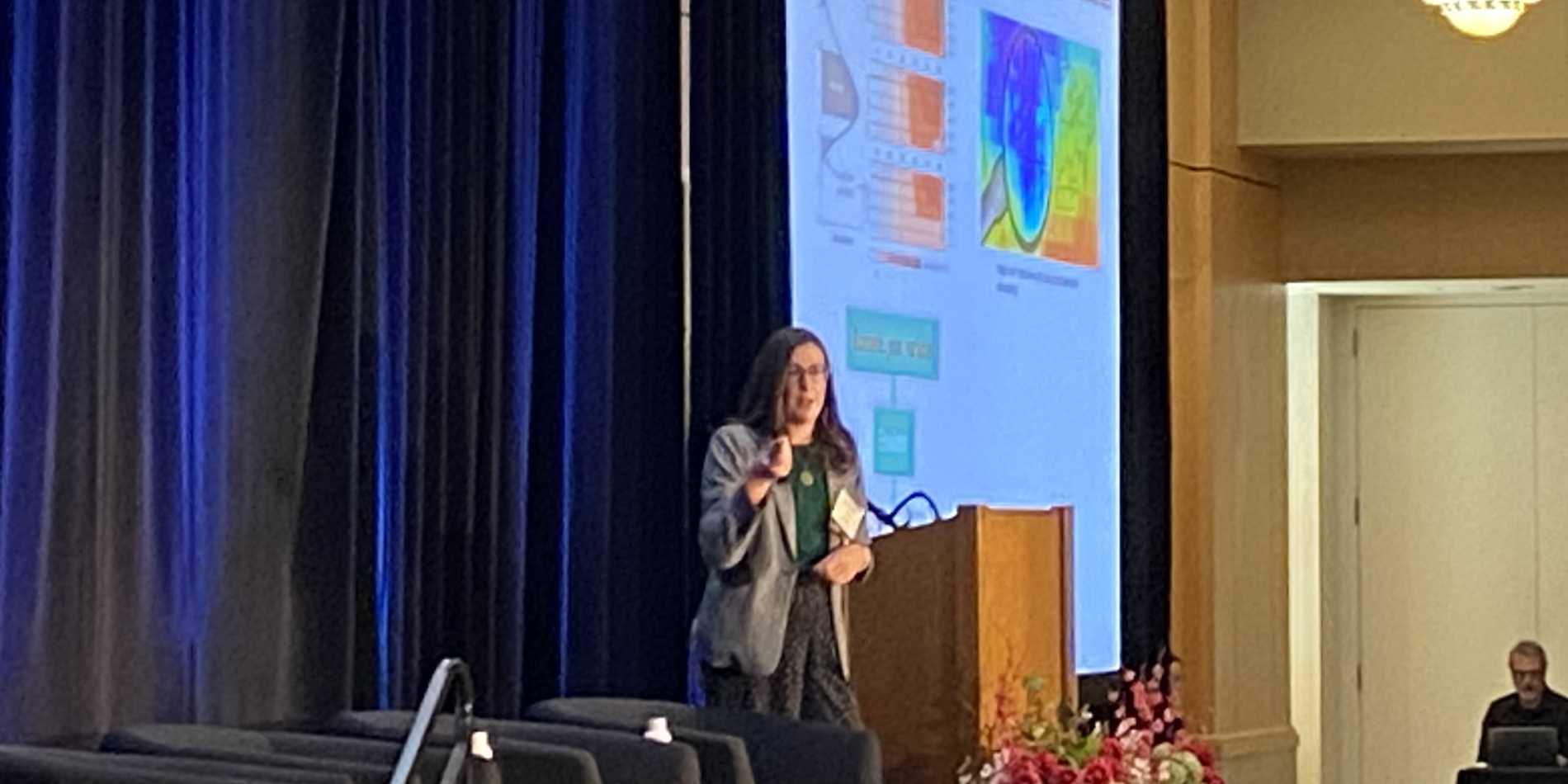Greg Beroza: Data helps prepare us for ‘The Big One’
Earthquakes come in species, says Greg Beroza, professor of geophysics at Stanford and an expert in seismology.
There are, of course, the well-known sudden shocks, but there are also “slow earthquakes” that transpire imperceptibly in contrast to the obvious temblors, but which can measure 7 on the Richter Scale or more — a major quake by any standard.
Beroza knows about slow and other species of earthquakes because of a recent explosion in the availability of seismic data recorded by an expansive network of sensors throughout California and elsewhere around the world. One hundred times each second, 24 hours a day, every day, each of these sensors records seismic data. What they reveal is reshaping our understanding of earthquakes. The goal, he says, is not necessarily to predict earthquakes — an ideal that may never be achieved — but simply to understand them better. Beroza says that data can help prepare us for “The Big One.” Join host Russ Altman and earthquake expert Greg Beroza for a deeper look at the evolving and expanding science of seismology.
You can listen to the Future of Everything on Sirius XM Insight Channel 121, iTunes, SoundCloud and Stanford Engineering Magazine.




